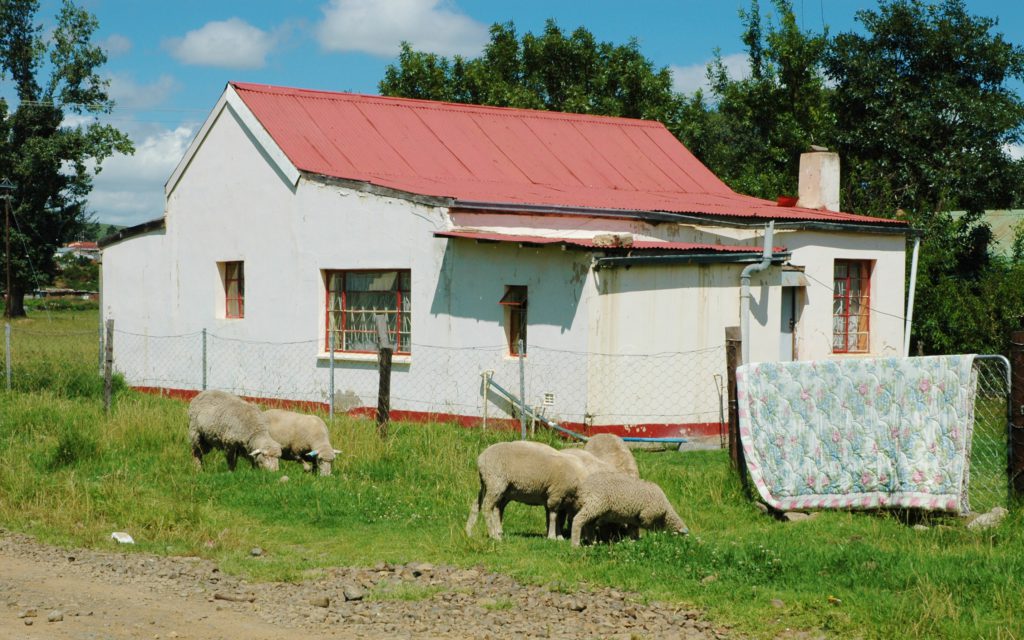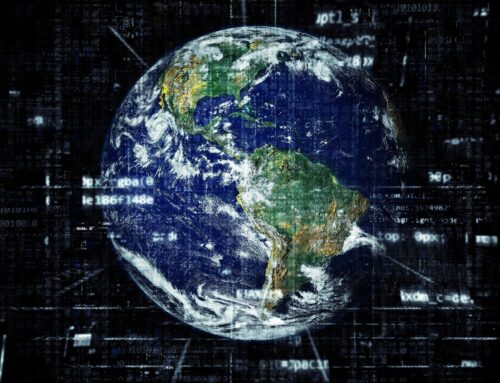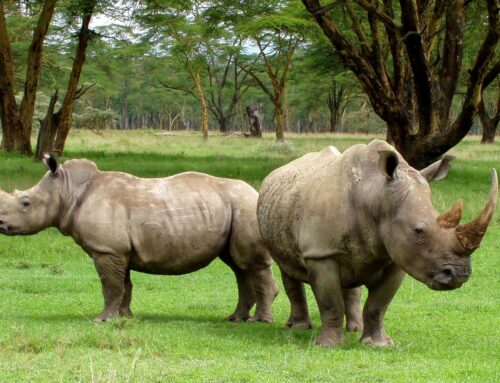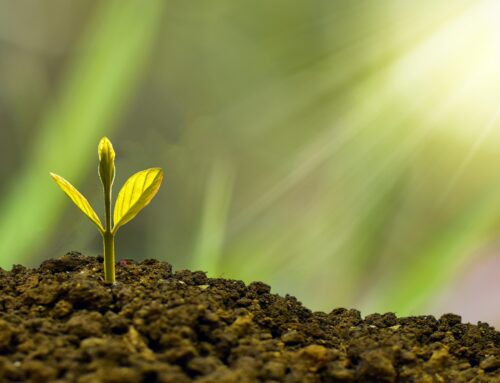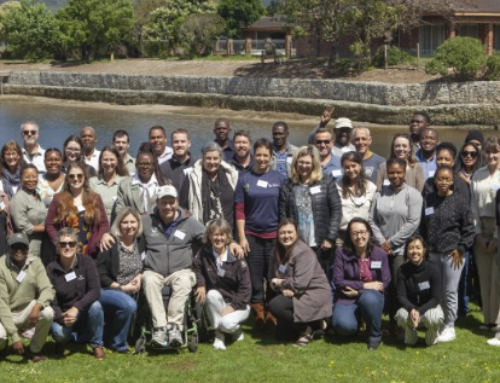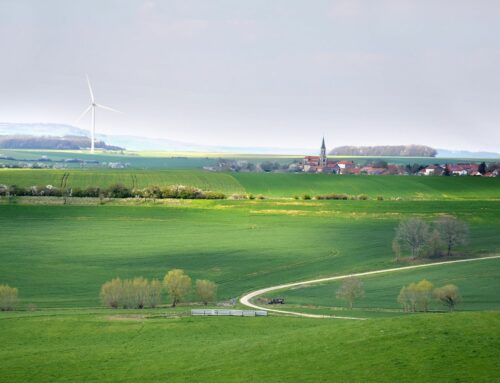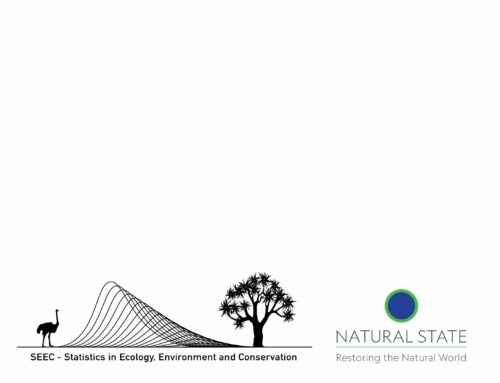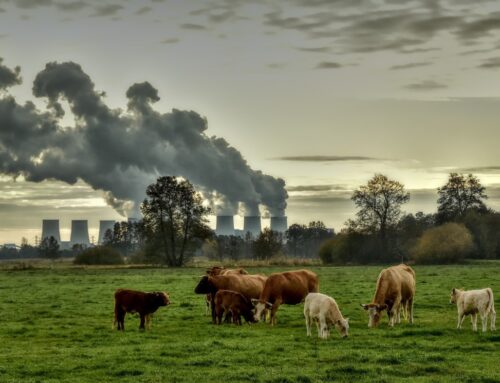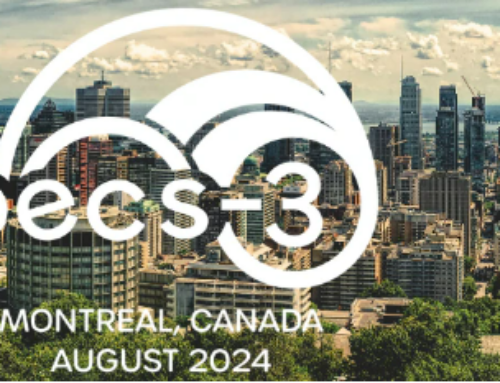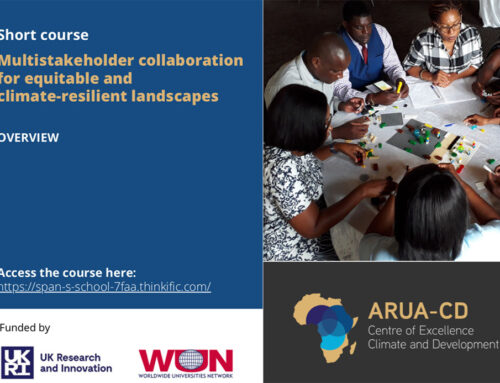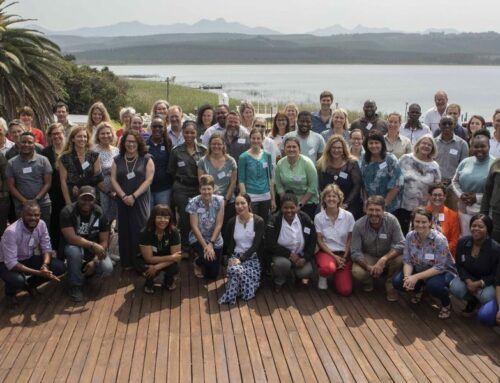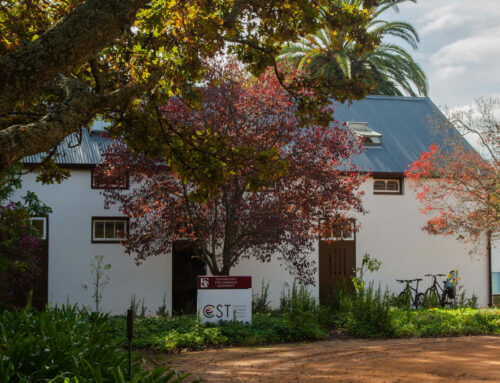Areas with high levels of direct ecosystem service use among households coincides with areas characterized by relatively low levels of human well-being
Ecosystem services and human well-being are closely interlinked. After all, ecosystem services are benefits that nature provides to humans, and human well-being is dependent on natural provisions such as clean drinking water. While these two concepts clearly overlap, many questions remain unanswered. For example, do patterns of ecosystem service use in a landscape correspond with particular patterns in human well-being?
A study by SAPECS researchers Maike Hamann, Oonsie Biggs and Belinda Reyers, addresses this question. More specifically, the study, recently published in PLOS ONE, takes a social-ecological systems perspective to investigate linkages between ecosystem service use and human well-being in South African municipalities. They do so by comparing the spatial distribution of human well-being and ecosystem service use bundles.
For more information, and a complete summary of the research, please visit the Stockholm Resilience Centre’s web entry for this article.


